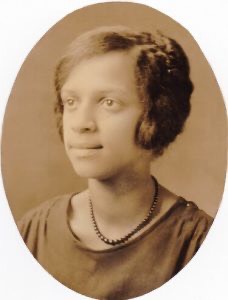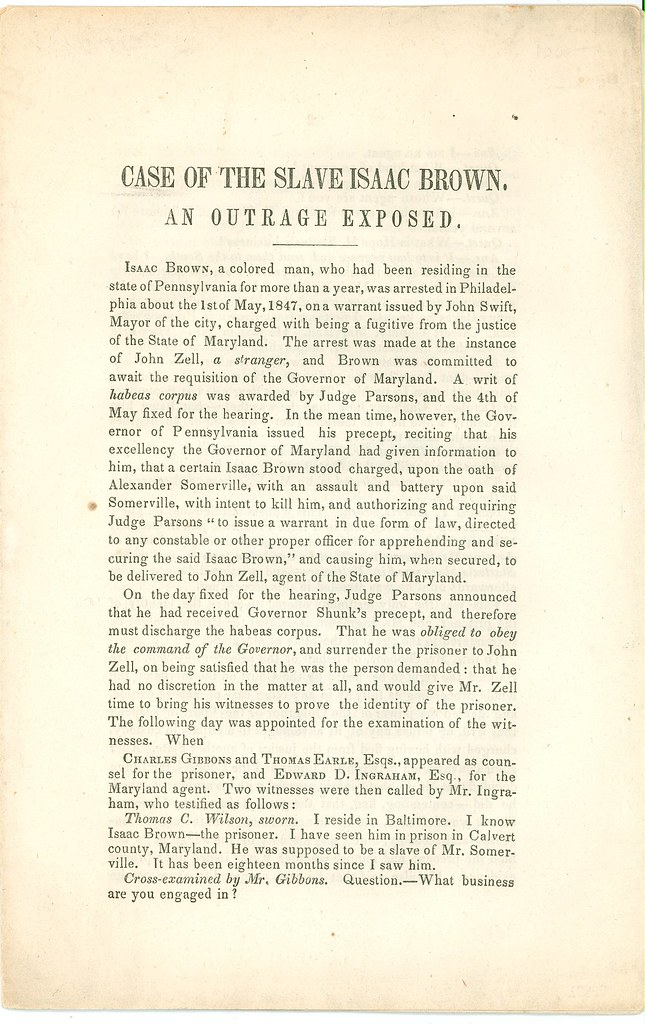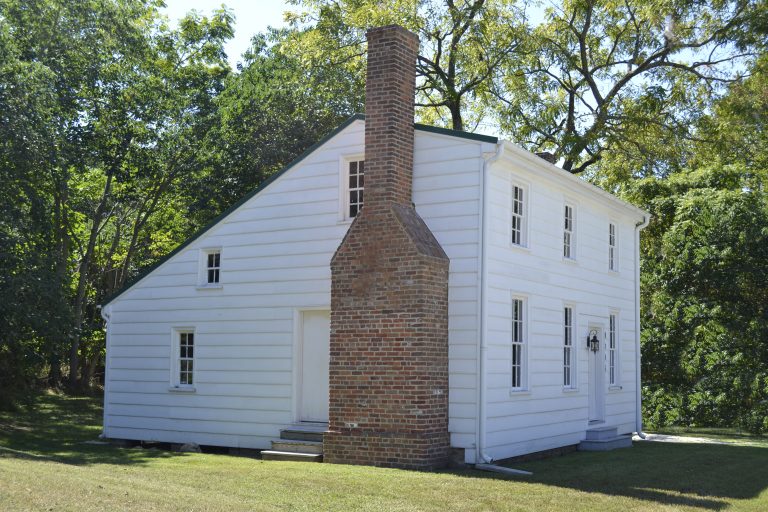Search Results
The search results are drawn from the organizations that contain significant history resources, and the categories including places to experience, notable people and the timeline. All can be searched by keyword, time, theme, type, counties and audience. The search filters were developed with the school systems to align with State social studies requirements.
Notable People
Updated On: Apr 2, 2024 | Fort Sumter, South Carolina, was fired on by Federal troops, which launched the American Civil War.
Timeline
Updated On: Apr 2, 2024 | People held in bondage in the Confederate Staters were proclaimed free by the Emancipation Proclamation.
Notable People History Photo Gallery
Updated On: Mar 13, 2025 | Harriet Elizabeth Brown, teacher, activist, role model, during racial segregation, sued the Calvert County Board of Education in 1937 for equalization of pay for
Timeline
Updated On: Apr 2, 2024 | Confederate General Robert E. Lee surrendered the Army of the Potomac, bringing an end to the Civil War.
Timeline
Updated On: Apr 2, 2024 | James Harris and William Barnes, members of the United States Colored Troops and native St. Mary’s Countians, were awarded the Medal of Honor for
Timeline
Updated On: Apr 2, 2024 | A State Constitutional Convention was held on April 27, 1864, during which a new constitution was written, outlawing slavery in Maryland.
Timeline
Updated On: Apr 2, 2024 | Saint Inigoes Colored Parochial School, which met at St. Jerome's Hall, was the first Catholic school for African Americans in St. Mary's County.
Timeline
Updated On: Apr 2, 2024 | Benjamin Hance, a young African American, was arrested May 27, 1887, taken to jail in Leonardtown and lynched on the night of June 17th.
Notable People History Photo Gallery
Updated On: Apr 2, 2024 | With no proof, Issac Brown’s enslaver accused Issac of shooting him. Issac was jailed, tortured and sold South. His story includes the Underground Railroad,
Notable People History Photo Gallery
Updated On: May 12, 2025 | Washington Burch went from enslaved to landowner, bailiff, politician, and community activist. He was highly regarded in his community of Port Tobacco, Charles County.


